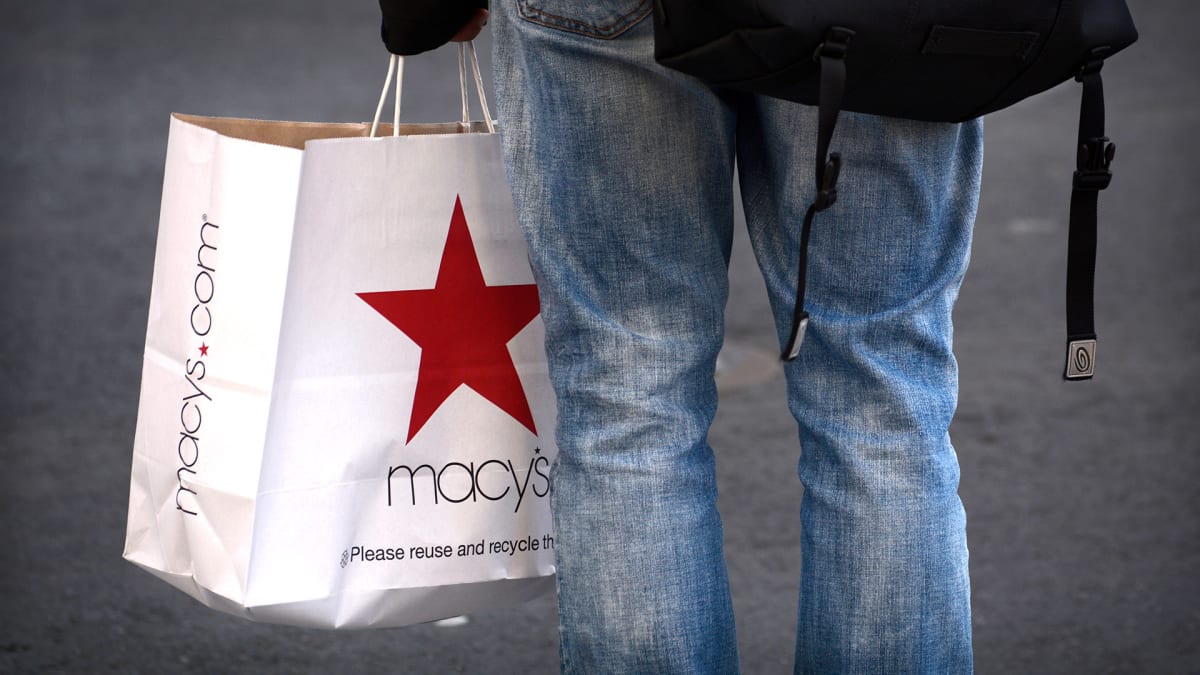
Retail is a tough industry and it’s really fickle right now post covid pandemic. Macy’s (M) retail footprint has been similar to the likes of recently failed retailers like Sears, Kmart, Bed Bath and Beyond, but also similar to Target (TGT), who is considered a leader in the retail industry. How is it that similar business models fail, and others seem to succeed at the same time?
The struggles Macy’s is facing is multifaceted as it lost its wholesale partnership with Nike (NKE) to sell the brand’s apparel in 2021. Nike was focused on selling directly to customers rather than having retailers reach their customer base, according to Retail Dive. Macy’s like all retailers was already struggling after 2020 and the pandemic, and losing a major brand like Nike would prove to be a hard hit. Customers were definitely disappointed that they could no longer buy the Nike brand apparel at Macy’s stores, according to Jeff Gennette, Macy’s CEO.
Macy’s is facing changes in leadership as well; its long-term CEO is retiring after four decades with the company and Macy’s has already selected his replacement. Bloomingdale’s CEO Tony Spring will replace Gennette to lead the department store. Spring also has a long retail tenure, he has been with Bloomingdale’s for 35+ years, according to CNN Business.

Image source: Shutterstock
Macy’s Brings Back Nike
Nike and Macy’s are bringing the Nike apparel back to the department store as well as online. Both Nike and Macy’s have been faced with retail challenges, and working togethe,r both companies may benefit during this tumultuous time for retailers.
“It is imperative that we have the right assortment, including the appropriate mix of private and national brands that our customers care about, with compelling value and price points that appeal to our diverse, fashion-conscious base,” said Macy’s CEO and Chairman Jeff Gennette in the most recent earnings call. “Value does not mean the lowest price. It means offering the right brands, fashion content, and elevated omnichannel shopping experiences.”
“This morning, we are excited to share that we are bringing Nike back to the Macy's nameplate this fall. This mutually beneficial relationship reflects our strategy to provide customers with an enhanced and elevated offering. Starting in October, an expanded Nike selection including apparel, plus size women's, big and tall men's, kids' bags, and gear will be available online and in key locations nationwide. Footwear will continue to be sold in our Finish Line licensed locations,” Gennette said.
Retail chains and department stores alike are struggling to work through staffing their stores during this unprecedented labor shortage. Other retail chains like Dollar General (DG) have noted that they have inventory, but not the staff to be able to move it to the retail floor. Staffing continues to be an ongoing challenge across industries. Building and maintaining positive business partnerships and relationships may be the right choice to help weather the storm for the long-term success of both Nike and Macy’s.
Making the Most of Competitions Downfalls
Macy’s and Nike have the opportunity to make the most of rivals’ challenges right now. Nike has the chance to step ahead while Adidas (ADDDF) was stuck figuring out what to do with its unsold inventory of shoes from its terminated partnership with Kayne West, aka “Ye.” Adidas decided to sell the rest of the Yeezy inventory exclusively through its website and donate the proceeds to the charities that were hurt by the antisemitic statements he made on social media.
Macy’s sells similar products that Bed Bath and Beyond sold, which filed for bankruptcy and will close all of its stores. Bed Bath and Beyond closures include its Buy Buy Baby stores. As the home goods store winds down its operations and sells off the remaining inventory, shoppers will have one less storefront to visit when it comes to buying products for the home.







